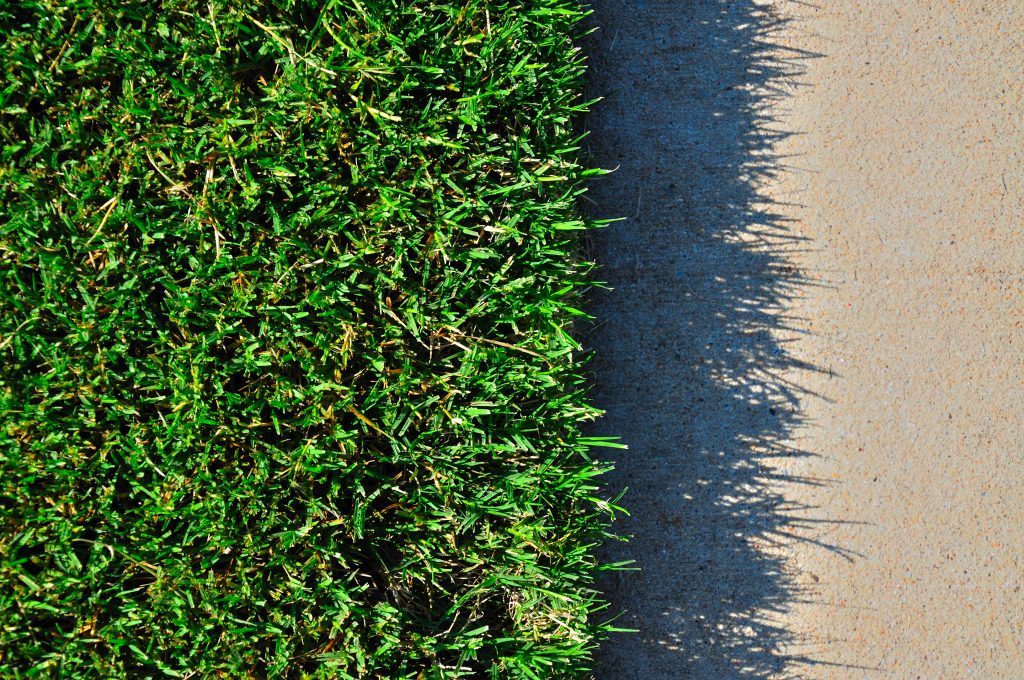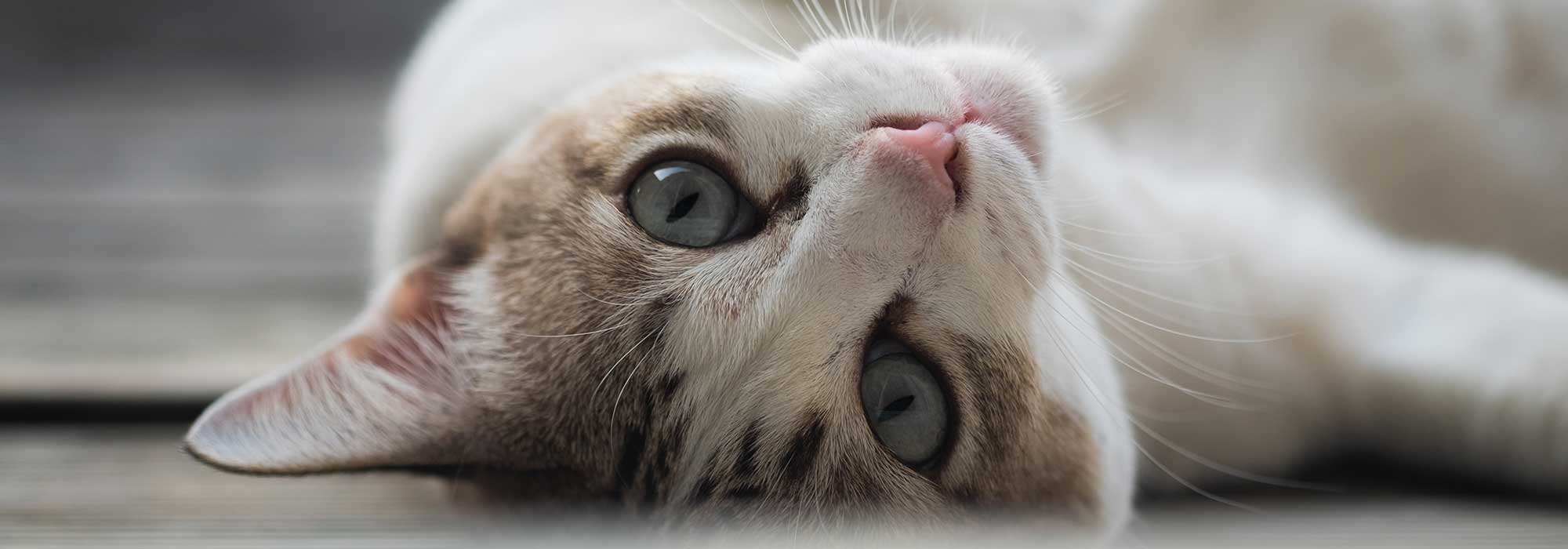Happy Paws: Your Guide to Pet Safe Lawn Edging
 Your friends at Lone Tree Veterinary Medical Center would like remind you of the often ignored, yet, extremely important topic of metal lawn edging and the risks it poses to pets. Let’s discuss pet safe lawn edging that will help keep your pet safe.
Your friends at Lone Tree Veterinary Medical Center would like remind you of the often ignored, yet, extremely important topic of metal lawn edging and the risks it poses to pets. Let’s discuss pet safe lawn edging that will help keep your pet safe.
Out with the Old
Lawn edging typically defines the border of a yard or garden, creating a smoother transition between grassy areas, paths, and planted or landscaped spaces while preventing wood mulch from spilling into the grass. Most traditional lawn edging uses metal with an unfinished, sharp top edge and is usually buried just below the sod’s surface.
However, metal lawn edging often becomes visible over time. As surrounding landscape materials settle, they protrude above the lawn’s surface. This sharp metal edge poses a significant injury risk to pets.
Dogs frequently step or trip on lawn edging, resulting in injuries ranging from minor cuts to severe lacerations. These injuries can damage tendons, sometimes requiring surgery or even leading to the loss of toes.
Covering the edging provides only a temporary fix, as sharp metal edges eventually cut through even the best coverings. Exploring alternative edging materials is a safer and more effective long-term solution.
Pet Safe Lawn Edging
Protect your pets from metal lawn edging by removing it and choosing safer alternatives. These options maintain a clear border between your lawn and non-grassy areas while keeping your yard pet-friendly:
Roll-top edging
Opt for a pet- and child-safe version of metal lawn edging with a rolled top to eliminate sharp edges. Choose a thicker, galvanized gauge to prevent rust. While a pet’s paw might still get bruised if stepped on, the risk of serious cuts is significantly lower.
Other pet-safe edging
Plastic rounded top edging, brick pavers, poured concrete edging, and concrete blocks all offer safe options for separating grassy and non-grassy areas.
Vegetation
Use bushes or low-lying shrubs as natural barriers. Select plants without thorns and ensure they are non-toxic to pets.
Wood: Pressure-treated wood can make for an attractive division between the lawn and planted areas.
Rock mulch: Rounded rock mulch, such as river stone, is a another good alternative to traditional edging. Steer clear of small granite rock or any other sharp-edged stone, as it could injure your pet if stepped on.
Protecting Your Pet
Sharp metal lawn edging often causes severe injuries that can result in long-term damage to your pet. Inspect any unfamiliar yard for metal lawn edging before allowing your pets to play there. If snow covers the ground and you can’t see the edging, keep your pet on a leash. These injuries frequently occur in winter as well, so staying cautious is essential.
As always, if you have any questions about home and yard safety for your pet, please don’t hesitate to contact the staff at Lone Tree Veterinary Medical Center.



